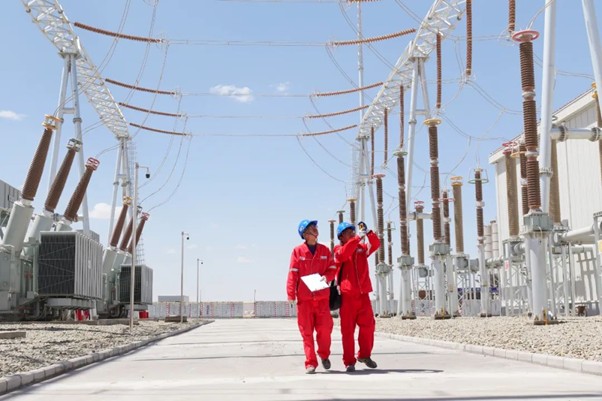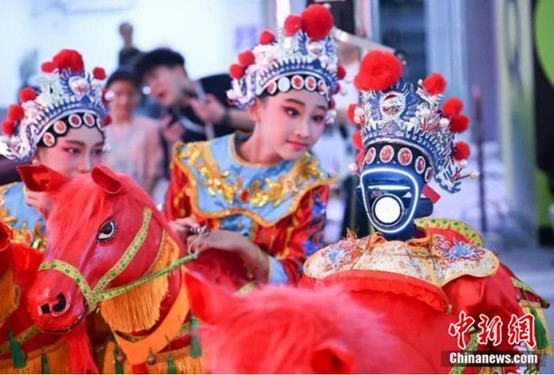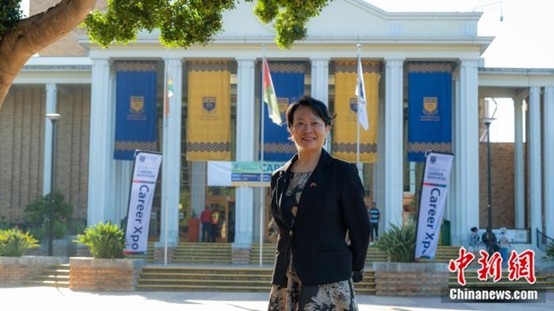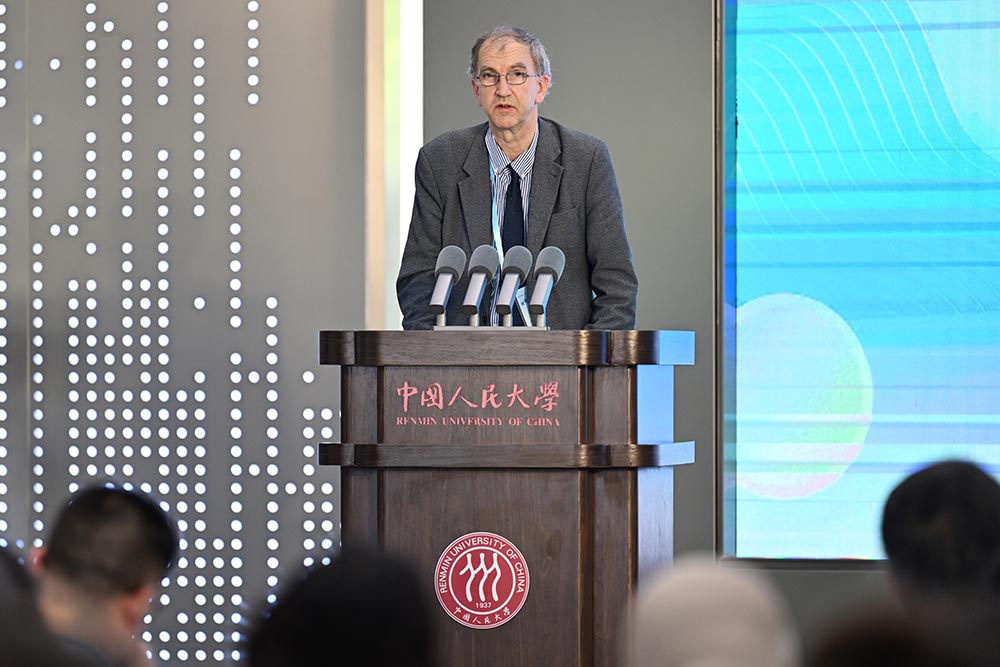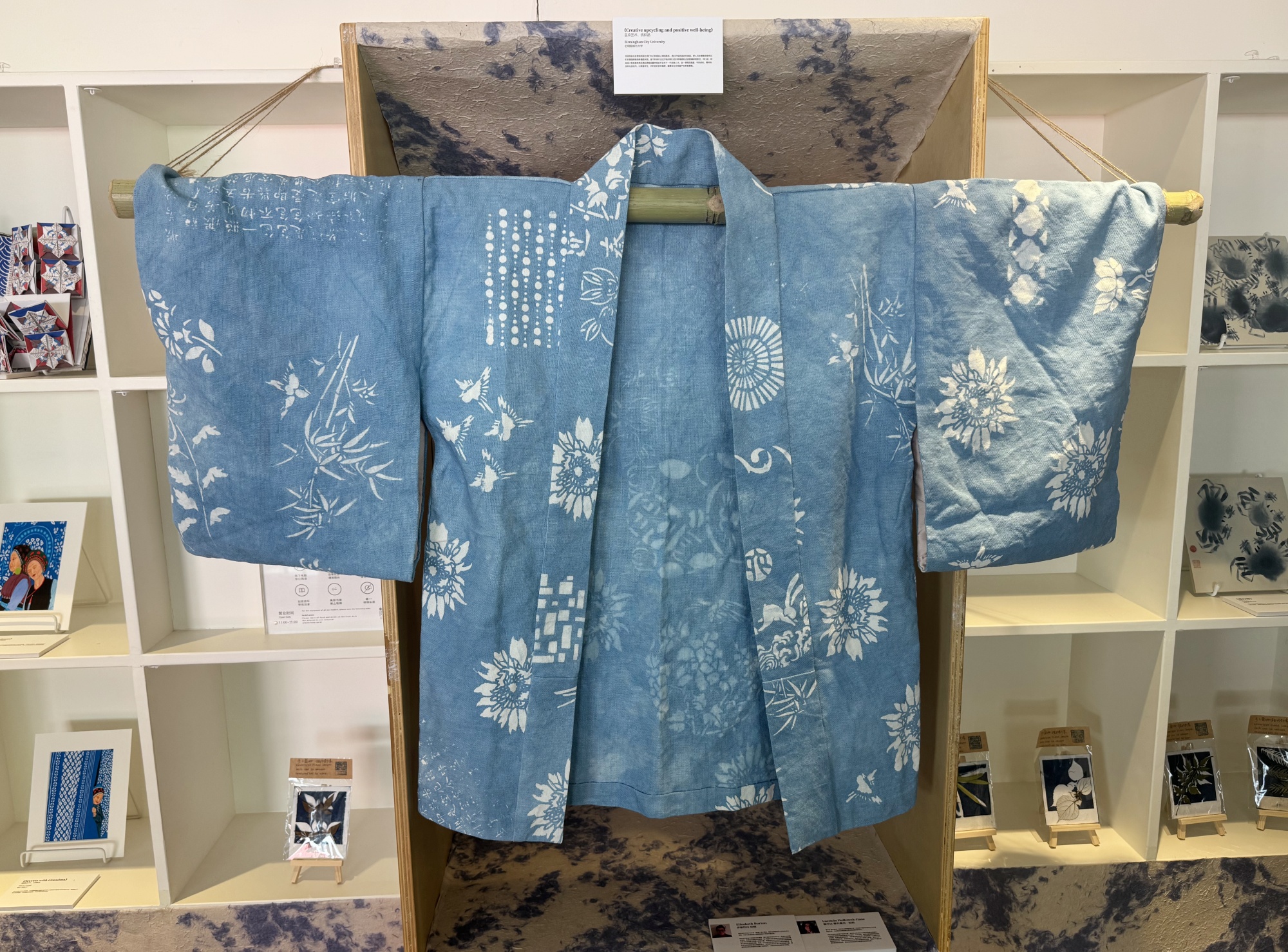Zhang Jiadong, a scholar focus on South Asian Studies, shared his view on the millennia-long mutual learning among civilizations between China and South Asian countries in the recent interview.
As ‘neighbors,’ China and several South Asian countries initiated cultural and trade exchanges as early as in second century AD, allowing different civilizations to intersect, disseminate, and merge. What profound impacts have resulted from this millennia-long mutual learning among civilizations? How should China and South Asian countries continuously enhance cultural exchanges, strengthen mutual trust and cooperation to accelerate the achievement of common goals in economic development and regional prosperity?
Recently, the China News Service’s ‘Dialogue Between East and West’ conducted an in-depth interview with Zhang Jiadong, Director of the Center for South Asian Studies at Fudan University and Director of the Fudan Institute of Belt and Road & Global Governance, to explore this topic.
Will the historical communication and civilization exchanges between China and South Asian countries provide unique advantages for contemporary cultural exchanges, mutual trust and cooperation?
Reflecting on history, there has been direct civilizational mutual learning between China and South Asian countries for thousands of years. For example, the ancient Silk Road, which began in the Western Han Dynasty, not only facilitated the circulation of goods such as silk, porcelain, and spices but also played a significant role in cultural dissemination. Furthermore, the Tea Horse Road, which originated in the Tang Dynasty, served as a regional trade route that closely connected China with South Asia, West Asia, Central Asia, and Southeast Asia.
Taking India as an example, we can still observe today that the roots of cultural integration between China and India are both deep and broad. For instance, the brown sugar that originated in India has a specific name in Hindi, while the Hindi name for white sugar is ‘cīnī,’ which means ‘from China.’ This indicates that the technique for producing brown sugar was ‘upgraded’ after being introduced from India to China and then returned to India. The pronunciation of ‘tea’ in Hindi is ‘Chai,’ which is almost identical to its pronunciation in Chinese. All of these examples demonstrate the close interactions that once existed between China and India.
Such a long-standing connection between civilizations lead to mutual learning in many fundamental concepts in Chinese and Indian cultures. For example, China’s concept of ‘collaborating with distant allies and attacking nearby enemies’ shares similarities with India’s ‘Mandala’ philosophy; the ‘five great elements’ of earth, wind, space, water, and fire in Indian culture also bear resemblance to China’s ‘five elements.’ It can be said that the cultures of China and India have engaged in mutual learning and integration at their ‘roots,’ making it easier for the ‘branches and leaves’ of these two ‘great trees’ to understand each other.

Audience experience traditional culture between China and India. (Photo by Dai Changbo)
With various civilizations converging in South Asia, how should China and South Asian countries find a balance in their exchanges and cooperation amidst different civilizations and diverse cultures?
When China collaborates with South Asian countries at various levels, the primary issue is not the differences or conflicts among their multi-religious cultures, but rather how to adapt to ‘South Asian culture.’ The term ‘South Asian culture’ refers to a distinct cultural characteristic commonly exhibited by South Asian countries in terms of lifestyle habits, ways of conducting affairs, and spiritual concepts. Influenced by religious culture, South Asians tend to place greater emphasis on the happiness of the ‘afterlife’ rather than on opportunities or wealth in the ‘present life,’ which starkly contrasts with the East Asian focus on ‘present life’ efforts and personal achievements. This results in significant conceptual differences in cooperation.
In today’s world, there should be a consensus that different cultures are equal, and that cross-cultural communication is a process of mutual understanding and adaptation.

Audience experience Chinese Spring Festival culture in Bangladesh. (Photo by Information Office of the People’s Government of Yunnan Province)
Secondly, it is essential to possess cross-cultural communication capabilities, particularly language skills. Beyond English, if one wants to engage in genuine communication with various groups in South Asia, the development of language skills in Hindi, Bengali, Sinhala, Urdu, and others should be considered. Additionally, it is important to gain a deeper understanding of the psychological characteristics and living habits of different interacting groups. If one cannot understand the behavior of others from a cultural perspective, it often leads to psychological barriers and may even affect judgments about a group.
South Asian countries are significant participants in the ‘Belt and Road Initiative’. Over the past decade, has the ‘Belt and Road Initiative’ positively impacted cultural exchange and mutual understanding between China and South Asian countries?
The entire history of human society is a narrative of gradual integration through countless interaction models. The ‘Belt and Road Initiative’ is essential for enhancing communication and mutual trust between China and South Asian countries. However, the outcomes of cultural exchange and civilizational mutual learning require a long time to accumulate before seeing the effects. Currently, the impact of the ‘Belt and Road Initiative’ is primarily reflected in the economic domain; transitioning from economic phenomena to cultural phenomena, such as achieving cultural identity, will require even more time. In the era of globalization, cultural exchange and integration are continuously occurring, but the ‘Belt and Road Initiative’ undoubtedly facilitates this process, making it smoother and faster.
Over the past decade, a significant aspect of the relationship between China and South Asian countries has been that China’s development practices and achievements have brought new hope.
After the World War II, South Asian countries sought independence and attempted to develop their socio-economies based on models from the United States and the Soviet Union, but none were successful. The success of China, as a large developing country, has a strong demonstration effect, allowing South Asian countries to see new development paths and gain confidence from a replicable example. The Belt and Road Initiative, through various practical collaborations, brings China’s development experience, advanced technology, and management concepts into South Asian countries. This ‘power of example’ has become a very important contextual factor in the interactions between China and South Asian countries.
Why strengthening cultural mutual trust and economic cooperation between China and South Asian countries is particularly important for both sides at this moment?
In recent years, many South Asian countries have experienced rapid development, with their economies growing swiftly. The significance and economic influence of the South Asian region are increasing rapidly. Furthermore, the region currently has nearly 1.9 billion people, making it one of the most densely populated areas in the world. Characterized by a very young demographic structure, an abundant labor supply, and low market development costs. A large emerging market is taking shape, which signifies opportunities for the entire world.
Due to historical and geographical factors, the industrial structures of South Asian countries are similar, and their economic levels do not differ significantly. Furthermore, most of these countries are export-oriented economies, resulting in limited demand for trade within the region. However, China’s industrial structure and products are highly complementary to those of South Asian countries. Compared to developed Western nations, Chinese products better align with the current consumption levels and market demands of South Asian countries in terms of variety, quality, and price, thereby establishing a natural trade connection through strong economic complementarity.
As China and South Asian countries such as Pakistan, Bangladesh, Sri Lanka, and the Maldives, share common goals of economic development, improving livelihoods, and promoting prosperity, their enthusiasm for participating in the Belt and Road Initiative is very high, and several cooperative projects have already achieved initial success.

Automated rail cranes constructed by Chinese enterprises is shipped to a port in Sri Lanka. (Photo by Xu Congjun)
As two major Asian countries, China and India are often perceived as competitors. How do you believe the two countries should reach a consensus for the future?
The competition between nations in the era of globalization in the 21st century fundamentally differs from the premises and logic of the 20th century. Particularly in the first half of the 20th century, the world system was incomplete, and the world order was unstable, with national competition characterized by the jungle law of survival of the fittest. After World War II, with the consolidation of the sovereign state system, national competition no longer aimed at destroying or eliminating the opponent. In this context, countries like China and India, which possess large economies, strong national identities, and rich historical cultures, should ideally cultivate a positive relationship characterized by both competition and cooperation.
Therefore, it is crucial for China and India to continuously strengthen cultural exchanges and mutual trust cooperation. Historically, the level of cultural exchanges between the two countries has been significantly inadequate. However, the rapid socio-economic development in both nations has created a robust demand for cultural and trade interactions, indicating that the right time for such initiatives. Consequently, at both governmental and public opinion levels, both countries should adopt a friendly approach towards one another by acknowledging the ‘positive’ developments in each other’s progress, treating each other with equality, learning from one another, and gradually dismantling the long-standing stereotypes.
In the process of promoting cultural exchanges and mutual learning between China and South Asian countries, how do you believe the media should fulfill its role?
Media is playing a crucial role in this process. Firstly, media reports must adopt an appreciative perspective and a relatively objective and neutral viewpoint towards one another, rather than approaching the subject with a sensationalist mindset aimed at generating more internet attentions. Secondly, the media should strive to capture positive information about the other party. Focusing solely on highlighting or reflecting a country or region’s backwardness is detrimental to our mutual understanding, as the strengths and development trends of the other party are the aspects that truly influence exchanges, cooperation, and even national relations. The progress and development of South Asian countries represent the most valuable information for future friendly interactions and transnational cooperation, and should receive significant attention from the media.
From another perspective, the relationship between China and South Asian countries can be characterized by both ‘closeness’ as friendship and ‘distance’ as neighbor in terms of geographical location. Chinese culture emphasizes harmonious relations with neighbors, believing that ‘close friends are good neighbors’ and ‘neighbors should wish each other well.’ It is essential to approach neighboring and friendly countries with an objective and appreciative attitude, which undoubtedly facilitates the establishment of goodwill and trust between them.
Guest Profile:
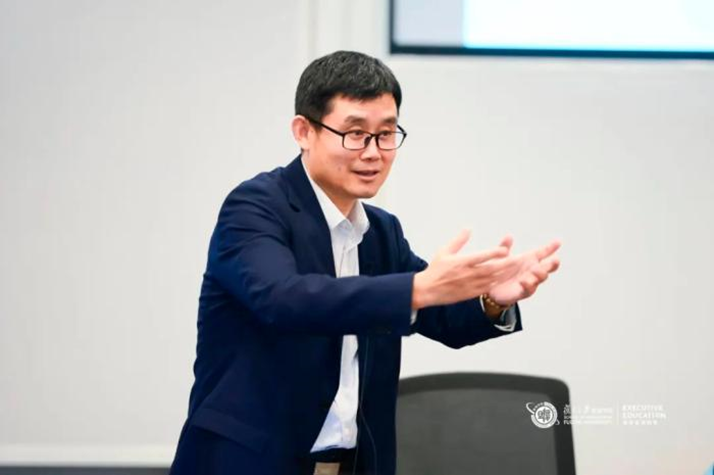
Zhang Jiadong is a professor of International Relations at Fudan University, a doctoral supervisor, and the director of the Center for South Asian Studies. He is also the head of the Institute of Strategic Studies and International Security at the Fudan University’s Belt and Road and Global Governance Research Institute, and a researcher at the American Studies Center. His research focuses on China-U.S.-India relations, South Asian issues, and counter-terrorism. From February 2013 to March 2015, he worked in the Political Research Office of the Chinese Embassy in India. Since 2017, he has been a member of the expert group for the Ministry of Foreign Affairs. Since July 2019, he served as the vice president of the Shanghai Institute for International Strategic Studies. From October 2020 to November 2021, he held the position of deputy secretary-general of the People’s Government of Dehong Prefecture, Yunnan Province (on secondment). Since 2021, he has been elected as the vice president of the Chinese Association for South Asian Studies.
If you liked this article why not read: East Meets West丨Lee Chack Fan: Hong Kong is an important hub for exchanges between Chinese and foreign civilizations


